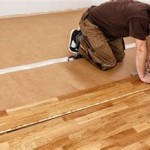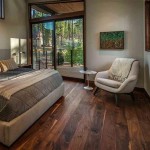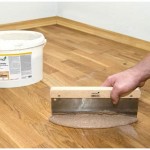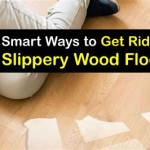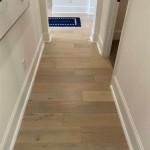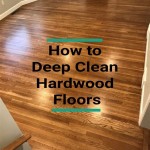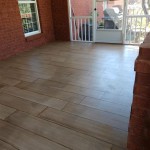Screen and Coat Wood Floors: A Comprehensive Guide
Screen and coat is a method of refinishing hardwood floors that involves sanding the floor with a screen and then applying a protective coating. This process is often used for floors that have minor scratches or blemishes and do not require a complete sanding. Screen and coat can be a cost-effective and time-saving alternative to full floor refinishing, providing a fresh look and a protective finish without the need for extensive sanding.
The Benefits of Screen and Coat
Screen and coat offers several advantages over full floor refinishing, making it a popular choice for homeowners seeking to restore and protect their hardwood floors.
- **Cost-effectiveness:** Screening and coating is generally less expensive than full floor refinishing as it requires less labor and material.
- **Time efficiency:** The process is quicker than full refinishing since it involves less sanding and drying time.
- **Minimal disruption:** Screen and coat causes less dust and disruption to the home compared to full sanding.
- **Preserves the original wood:** Unlike full sanding, screen and coat removes only the top layer of the finish, preserving the original wood and its character.
The Process of Screen and Coat
The screen and coat process involves several steps, each essential for achieving a smooth, durable finish:
- **Preparation:** The floor is thoroughly cleaned to remove dirt, dust, and debris. Any loose or damaged boards are repaired.
- **Screening:** A specialized sanding screen is used to lightly abrade the existing finish, removing scratches and imperfections. The screen is attached to a sanding machine and moved across the floor in a controlled manner.
- **Cleaning:** The floor is meticulously cleaned to remove all sanding dust before applying the coating.
- **Coating:** A new layer of finish is applied, typically polyurethane or other protective coatings. The finish provides protection against wear, tear, and stains.
- **Drying:** The finish is allowed to dry completely, typically for several hours. Multiple coats may be applied for a more durable finish.
Types of Screen and Coat Finishes
Several types of finishes can be used in a screen and coat process, each with specific characteristics and benefits:
- **Polyurethane:** This is the most common type of screen and coat finish. It is durable, water-resistant, and comes in a variety of sheens.
- **Oil-based finish:** Oil-based finishes penetrate the wood, providing a rich, natural look. However, they require more time to dry and are less durable than polyurethane finishes.
- **Water-based finish:** Water-based finishes are low VOC and dry quickly, making them a more environmentally friendly option. However, they may not be as durable as oil-based or polyurethane finishes.
The choice of finish depends on the desired look, level of durability, and environmental considerations. Consulting with a professional flooring contractor can help determine the best finish for a particular application.
Screen and coat can provide a cost-effective and efficient way to restore the beauty and protect your hardwood floors. It is an excellent option for homeowners seeking a quick and easy way to improve their flooring without the hassle and expense of full floor refinishing.

Hardwood Floors After A Clean Screen And Recoat

Hardwood Floor Screen And Recoat Thornton Buff Uptown Flooring

Hardwood Floors After A Clean Screen And Recoat

Screen And Recoat Hardwood Floors Aka Buff Coat Pete S

What Is A Screen And Re Coat Aka Buff Will It Work For Me Valenti Flooring

Screening Youtube

Hardwood Floor Screen Re Coat Livingston Nj Youtube

Screen And Coating Finishing Touch Hardwood Flooring

Screen And Top Coat A Process To Re Hardwood Floors

Screen And Recoat Hardwood Floors Aka Buff Coat Pete S
See Also
